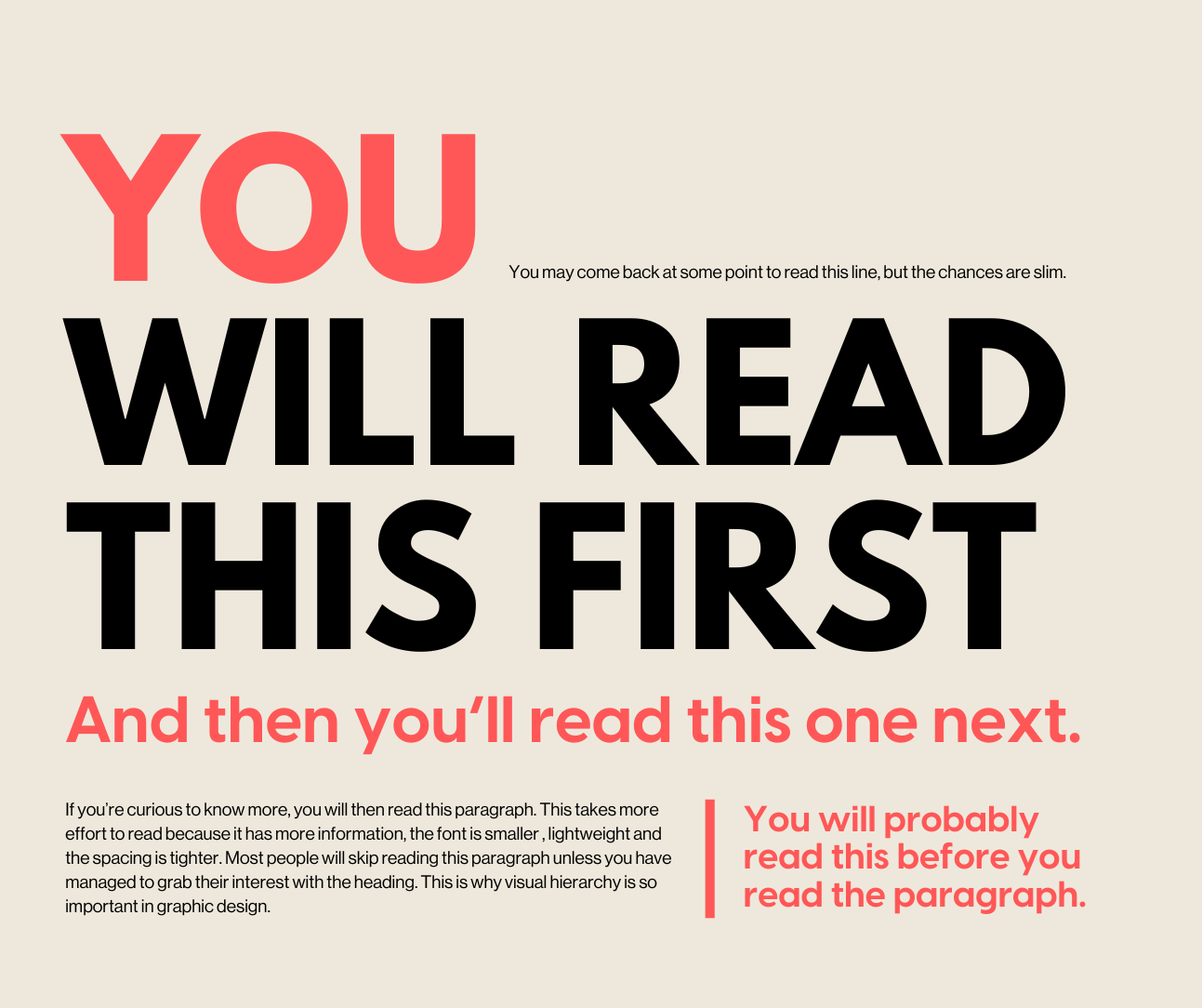In the thrilling realm of graphic design, where creativity knows no bounds, it’s all too tempting to dive headfirst into the exhilarating sea of innovation. But in our quest to craft captivating visuals and tell compelling stories, there’s a crucial anchor that keeps us grounded – ethics. As designers, we wield the power to shape narratives, spark emotions, and even mould societal perspectives. With this artistic influence comes a responsibility – the duty to uphold ethical standards. In this post, I explore three vital ethical touchpoints in graphic design: copyright issues, plagiarism, and the responsibility of designers to create inclusive and accessible designs.
1. Copyright Issues in Graphic Design
Copyright is a fundamental aspect of the creative industry. It grants creators exclusive rights to their work and ensures that they are fairly compensated for their efforts. As graphic designers, we often work with visual elements, images, and fonts that may be subject to copyright protection. It’s crucial to respect these rights and obtain the necessary permissions when using copyrighted materials in our work. Before considering the use of any material that you have not paid for, it is essential to bear in mind that it was created and meticulously crafted by a fellow creative, and your use may deprive them of their rightful recognition and compensation.
While respecting copyright is essential, designers should also be aware of the concept of “fair use.” Fair use allows for the limited use of copyrighted material without permission for purposes like commentary, criticism, or education. However, the boundaries of fair use can be blurry, and it’s advisable to seek legal counsel or guidance when in doubt. Additionally, always provide proper attribution when using someone else’s work under fair use principles.
2. Plagiarism in Graphic Design
One of the most critical ethical considerations for designers is the avoidance of plagiarism. Plagiarism involves using someone else’s work, ideas, or concepts without proper acknowledgement or permission. In the design world, where creativity is highly valued, plagiarism is not only unethical but can also harm your reputation as a designer.
It’s perfectly acceptable to draw inspiration from others’ work, but it should be done ethically. Transform and build upon existing ideas to create something new and unique. Whenever you incorporate elements inspired by other designers’ work, give credit where it’s due. Transparently acknowledge your sources, and if feasible, seek permission from the original creators.
3. Inclusive and Accessible Design
Inclusivity and accessibility are ethical imperatives in modern graphic design. Every design should aim to be inclusive, accommodating people of all abilities, backgrounds, and cultures. This means considering factors such as colour contrast, font legibility, and the use of alternative text for images to make content accessible to those with disabilities.
Inclusivity also involves avoiding harmful stereotypes and discriminatory imagery in your designs. Be aware of cultural sensitivities and ensure that your work does not perpetuate biases or prejudices. Challenge yourself to create designs that celebrate diversity and promote a more inclusive society.
Graphic design is not just about creating visually appealing content; also it’s about making ethical choices that positively impact the world. By respecting copyright, avoiding plagiarism, and prioritising inclusive and accessible design, you can contribute to a more ethical and responsible design industry. Remember, ethical design isn’t just a choice—it’s a responsibility that empowers us to create meaningful and lasting change through our work.
As designers, we have the privilege of shaping perceptions and influencing behaviour. Use that privilege wisely and ethically.
If you’re interested in chatting about your business’s branding, feel free to reach out. Email: hello@graffikat.com




